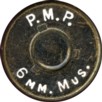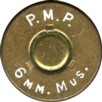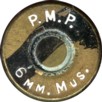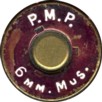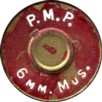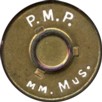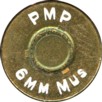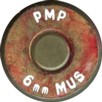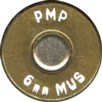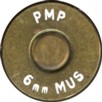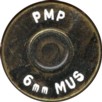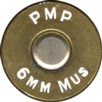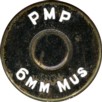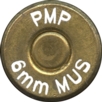The 6mm Musgrave was commercialized in South Africa in 1969 as a proprietary development by necking down the .303 to 6mm. The idea to develop the cartridge originated when the late Benjamin Musgrave (1900 -1978), ‘Oom Ben’ (uncle Ben) realized the need to re-commission the large quantities of .303 service rifles in private possession by means of a more modern hunting cartridge. He approached Chris Hafele, the then managing director of Armscor (now Denel) to make unused production facilities at PMP available for the manufacturing of the ammunition. The technical development on the 6mm Musgrave was done by Stephanus (Fanie) Christiaan Luther, who attempted duplicating .243 Winchester ballistics, but that could not be achieved with powders available in South Africa at the time, as well as the old .303 rifles not being able to handle the chamber pressures of the likes of the .243 Winchester. Although a South African “development”, the .303 has been necked up and down since the early to mid 1950’s in just about every country that had a surplus of .303 service rifles after the War. Canadian gunsmith Ellwood Epps developed an improved version of the .243-303 by blowing the shoulders out, while Chicago gunsmith Paul Haberly did the same in the USA.
The Australians however are generally credited to have been the first to have extensively used the .303 British case as a basis for wildcats in a variety of calibres. After the advent of the .243 Winchester it was a logical step to neck the .303 British case down to .243″ as well, and the Australian version known as the .303-243 was used by a great many Australian hunters.

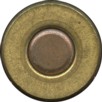
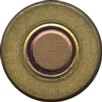 This was the first proof lot that was loaded during 1969. Please also see Sheet 12 of Pamphlet 20 below.
This was the first proof lot that was loaded during 1969. Please also see Sheet 12 of Pamphlet 20 below.

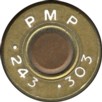 Modified headstamp used between January and April 1970
Modified headstamp used between January and April 1970

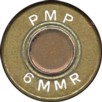 Rarest of the 6mm Musgrave headstamps as this pattern was only used during April 1970. In early May 1970 the pattern was changed to 6mm MUSGRAVE
Rarest of the 6mm Musgrave headstamps as this pattern was only used during April 1970. In early May 1970 the pattern was changed to 6mm MUSGRAVE

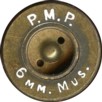 Wood rod dummy
Wood rod dummy

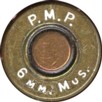
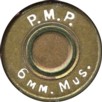
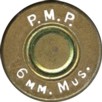 The second and third specimens have a light copper and brass primer with green primer annulus.
The second and third specimens have a light copper and brass primer with green primer annulus.

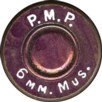 Warmer Proof
Warmer Proof

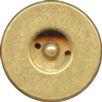 experimental small berdan primer
experimental small berdan primer

